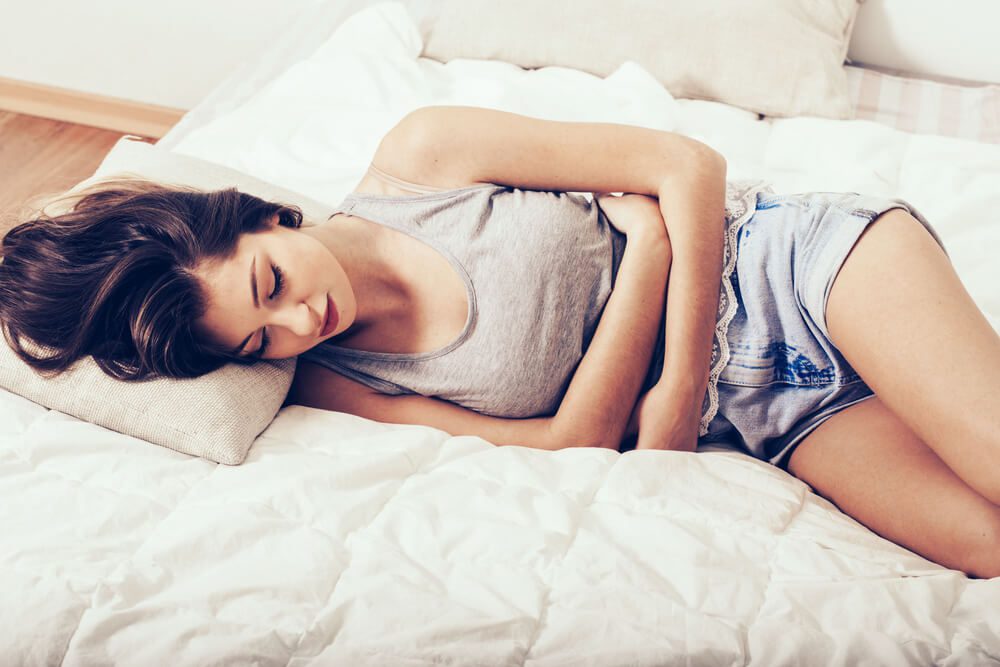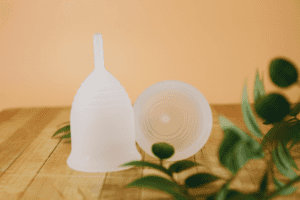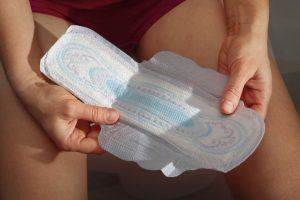What is Period Pain?

Primary dysmenorrhea is not due to disease, instead, it happens when the uterus contracts, i.e. when it squeezes and cramps, during menstruation. This contraction is normal and causes the lining of the uterus to shed and leave the body along with period blood through the vagina. Unfortunately, it also causes muscle cramps in the tummy, which can spread to the back and thighs; and which, for a large number of women, makes life very uncomfortable around the time of their period.
It is unknown why some women experience more pronounced period pain than others. It is also unknown why the type and intensity of pain can vary with each period; sometimes manifesting as a muscular spasm, other times as a dull, constant ache. What does seem to be fairly consistent is that the pain is usually worse when bleeding is at its heaviest and eases off after 48 to 72 hours. Women also tend to notice an improvement after childbirth and as they get older.










